AI Enthusiast Weekly(2024-09-23) : Optimal Assessment of Plausible Code Solutions with Plausible Tests
Optimal Assessment of Plausible Code Solutions with Plausible Tests
Selecting the best code solution from multiple options is challenging when both the solutions and test cases are uncertain. Existing methods lack strong guarantees. Our work demonstrates that an optimal strategy can be defined using Bayesian principles, transforming the problem into an integer programming task. We also propose an efficient approximation with bounded error, specifically designed for code generation by large language models (LLMs). Empirical results show that our method, B4, outperforms existing heuristics by up to 50%, and 246% over random selection. Code available at [GitHub link].
ScoresAI News
Beijing issues the first food business license to an embodied intelligent robot.
Beijing issues its first "Embodied Intelligent Robot Food Business License," allowing intelligent robots to enter the catering market. The Haidian District Market Supervision Bureau has established regulations to ensure the safe operation of these robots. This move marks the formal entry of AI chefs into the kitchen.
Embodied Intelligent Robot: A smart robot with a physical form capable of performing practical operational tasks.
Beijing will also build an innovation center to establish itself as a global highland for the robot industry.
New Immunotherapy Method Targets Cancer Cells
A new method to reprogram immune cells, steering them toward anti-tumor immunity, has emerged. This technique aims to enhance the body's natural defenses against cancer. By reprogramming, scientists mean altering the cells' genetic makeup to make them more effective in targeting tumors.
The process involves using specific genetic instructions to modify immune cells, known as T cells. These T cells are then redirected to recognize and attack cancer cells more efficiently. The goal is to create a more potent immune response against tumors without causing harm to healthy cells.
This approach could revolutionize cancer treatment, offering a more targeted and less invasive alternative to traditional therapies like chemotherapy and radiation. The potential benefits include fewer side effects and a higher likelihood of successful tumor eradication.
In essence, this new method represents a significant leap forward in immunotherapy, leveraging the body's own defenses to combat cancer more effectively. The implications for patient outcomes and the future of cancer treatment are profound.
The world's first robot-assisted heart transplant surgery was successfully completed in Saudi Arabia.
King Faisal Specialist Hospital in Saudi Arabia announced the successful completion of the world's first robot-assisted heart transplant surgery. The operation was smooth, marking a new milestone in medical technology.
Explanation of Technical Terms:
- Heart Transplant Surgery: The process of transplanting a healthy heart into a patient to replace a diseased one.
- Robot-Assisted: Utilizing advanced robotic technology to assist doctors in performing precise operations.
This breakthrough not only showcases technological advancements but also opens up more possibilities for the future of the medical field.
Roblox Unveils 3D AI Tool for Real-Time Game World Building
At the 2024 Roblox Developer Conference (RDC), CEO David Baszucki unveiled a new 3D AI tool. This innovation allows for real-time world-building directly integrated into gameplay. The tool aims to streamline creation, making it more accessible for developers.
Insights: This move by Roblox signifies a leap towards democratizing game development. By leveraging AI, they reduce the barrier to entry, fostering creativity and innovation. The integration of real-time world-building within gameplay promises richer, more dynamic experiences.
Revolutionizing Portrait Video Editing with Multimodal Generative Priors
PortraitGen revolutionizes portrait video editing by integrating multimodal prompts into a dynamic 3D Gaussian field. This approach ensures both structural and temporal consistency, overcoming traditional limitations in 3D and temporal coherence. A Neural Gaussian Texture mechanism enhances style editing and boosts rendering speed to over 100FPS. The system leverages large-scale 2D generative models and includes modules for expression similarity and face-aware editing, improving overall quality and efficiency. Applications span text-driven, image-driven editing, and relighting, showcasing its potential to redefine video editing.
Microsoft Copilot: Enhancing Productivity with AI Tools
Microsoft Copilot is a suite of AI tools designed to boost productivity across various Microsoft software and services. It includes over a dozen Copilot-branded products, each tailored for specific tasks like summarizing emails in Outlook or generating code with GitHub Copilot.
Copilot integrates with Windows, Bing, and Microsoft Edge, offering functions like writing, translating, and image creation. It can also control certain Windows 11 settings, acting as a digital assistant.
There are two main versions: Copilot Pro ($20/month) and Microsoft 365 Copilot ($30/user/month). Pro offers priority access to advanced AI models and features across Microsoft 365 apps, while 365 Copilot includes enterprise-grade data protection and personalized responses.
Copilot Studio allows users to customize Copilots, creating tailored AI assistants for specific tasks. GitHub Copilot, separate from the main suite, assists developers with code generation and troubleshooting.
Microsoft's Copilot ecosystem is vast, aiming to enhance productivity and streamline tasks across various platforms and user needs.
OpenAI's Impact on Global Economy and Technological Advancement

OpenAI's impact on the world is profound. The release of ChatGPT in November 2022 marked a pivotal moment in technology. Goldman Sachs predicts that the uptake of Generative AI (GenAI) will boost global GDP by 7%, adding nearly $7 trillion to the economy.
GenAI tools, spearheaded by OpenAI, are transforming industries. They enable new levels of creativity and efficiency, driving business innovation. As more people and companies adopt these tools, the ripple effect will be substantial.
This shift is not just about technology; it's about how we live and work. The potential for growth and change is immense, but so are the challenges. Navigating this new landscape requires careful consideration and adaptation.
In essence, OpenAI is not just changing the world; it's accelerating its evolution. The future is here, and it's powered by AI.
AI's Role in Reinforcing Bias and Inequality

AI, once hailed as a neutral tool, now faces scrutiny for reinforcing biases. Machine learning algorithms, fed by biased data, perpetuate stereotypes. For instance, Amazon's AI hiring tool favored male candidates, penalizing resumes with female-associated terms.
Facial recognition software often misidentifies people of color. A study by the National Institute of Standards and Technology found Black and Asian faces were misidentified 10 to 100 times more often than white faces.
Predictive policing AI can over-focus on certain communities, exacerbating inequality. In healthcare, AI may recommend unequal treatments based on race or socio-economic status.
The root cause? Biased training data. AI learns from past human decisions, replicating prejudices. Many AI systems operate as "black boxes," making it hard to trace and correct biases.
Solutions include training AI on diverse data, developing debiasing algorithms, and enforcing strict regulations. Human oversight remains crucial. Companies must prioritize ethical AI design, ensuring fairness from the outset.
Notable examples include Amazon's scrapped hiring tool, COMPAS's biased recidivism predictions, and facial recognition's higher error rates for people of color.
In essence, AI's neutrality is a myth. Without careful oversight and ethical design, it risks deepening societal divides.
Google Funds Satellite Constellation for Wildfire Detection


Google's philanthropic arm has pledged $13 million to fund FireSat, a satellite constellation designed to detect wildfires. Managed by Earth Fire Alliance (EFA), FireSat will deploy over 50 small satellites in low-Earth orbit. These satellites, built by Muon Space, will use six-band multispectral infrared instruments to scan vast areas, identifying wildfires as small as 16 by 16 feet.
Google's AI will analyze satellite data, comparing current images with previous ones to confirm fire presence. The system also considers local weather and infrastructure. Initial testing involved flying sensors over controlled burns to validate the detection model.
FireSat's partners include the Environmental Defense Fund, the Moore Foundation, and the Minderoo Foundation. The constellation aims to provide rapid fire detection, with initial satellites observing every point on Earth twice daily. At full capacity, FireSat will reduce global revisit times to 20 minutes, with wildfire-prone regions monitored every nine minutes.
This initiative marks a significant step in fire management and climate action, emphasizing the need for collaboration in addressing increasingly intense and rapid wildfires.
BlackRock, Microsoft, and MGX Launch $30 Billion AI Infrastructure Fund


BlackRock, Microsoft, and Abu Dhabi's MGX are joining forces to launch a $30 billion AI investment fund. Nvidia will provide advisory services. The fund aims to construct data centers and energy projects, with an additional $70 billion in debt financing. Larry Fink, BlackRock's CEO, views this as a multi-trillion-dollar opportunity. Brad Smith of Microsoft stresses the importance of collective financing to enhance national competitiveness. Bayo Ogunlesi, CEO of Global Infrastructure Partners, underscores the urgency of private capital for AI infrastructure.
*Data centers: Crucial hubs for digital economy operations. *Leveraged debt financing: Borrowing money to invest, using existing assets as collateral.
iPhone 16 Series Unveiled: AI-Powered Innovations and Enhanced Features
Apple has unveiled the iPhone 16 series, starting at ¥5999, with sales beginning on September 20.
The iPhone 16 series features the A18 chip, designed specifically for AI large models, and includes Apple Intelligence capabilities. The body is crafted from aerospace-grade aluminum, available in five colors.
The iPhone 16 Pro series offers larger screens, with the Pro model at 6.3 inches and the Pro Max at 6.9 inches. These models are powered by the A18 Pro chip and boast a 48-megapixel fusion camera.
A new "Visual Intelligence" feature has been added, allowing the camera control button to automatically extract relevant information such as restaurant reviews and dog breeds.
The iPhone 16 series supports Wi-Fi 7, with a theoretical download peak of 40 Gbps. The Chinese version starts at ¥5999, with no price increase.
The iPhone 16 Pro Max offers the longest battery life, with up to 33 hours of video playback.
Apple has stopped selling the iPhone 13 on its official website, marking the end of the "Thirteen is Sweet" era.
The Chinese version of the iPhone 16 series supports Qi2/MagSafe 15W wireless charging.
The launch of the iPhone 16 series signifies Apple's further exploration in AI and 5G technologies.
The A18 chip is manufactured using a 3nm process, with a 30% increase in CPU performance and a 40% increase in GPU performance.
The release of the iPhone 16 series continues Apple's leadership in the tech industry, with innovation at the forefront.
Huang Renxun on NVIDIA's Future Strategy: Accelerating Computing and AI Technology Innovation
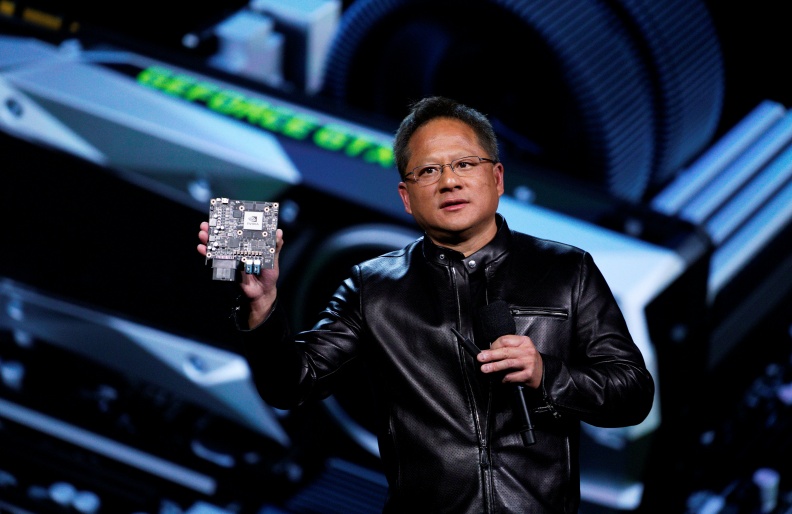
Jensen Huang, CEO of Nvidia, revealed in a Goldman Sachs tech dialogue that the company will continue to expand its production capacity in the fourth quarter and next year to meet the huge demand for the Blackwell chip. He emphasized Nvidia's advantages in algorithm optimization and architectural consistency, which can significantly enhance customer competitiveness.
Huang's remarks drove Nvidia's stock price up 8.15%, adding $215.8 billion to its market value. He pointed out that with the end of Moore's Law, general-purpose computing has reached a bottleneck, and the future lies in accelerated data centers. He predicted that the world's trillion-dollar general-purpose data centers will be replaced by accelerated computing centers, achieving significant performance improvements and cost savings by accelerating core tasks.
Huang also mentioned that future computing will extend into skill enhancement areas, where generative AI technology will change the way we work, and digital assistants and AI tools will become indispensable partners in various fields. He expects the pace of innovation in the AI computing field to continue to accelerate, with Nvidia achieving significant performance improvements every two years, maintaining its market leadership.
Key Term Explanations:
- Moore's Law: An empirical rule proposed by Gordon Moore, one of the founders of Intel, stating that the number of transistors on an integrated circuit roughly doubles every two years, leading to corresponding performance improvements.
- Accelerated Computing: Significantly enhancing the speed of specific tasks through specialized hardware or software optimizations.
Huang's vision and strategy are clear; he not only focuses on current market demands but also looks ahead to future technological trends. This forward-thinking approach is key to Nvidia's continued leadership.
OpenAI's o1 Model: AI Breakthroughs and Future Prospects

OpenAI's o1 model marks a revolutionary leap in AI, surpassing human capabilities in reasoning and problem-solving. The 22-minute video reveals the team's insights and breakthroughs. Key highlights:
- CoT Reasoning: o1 excels in discovering new Chain of Thought (CoT) reasoning steps, often better than humans.
- Self-Criticism: The emergence of self-criticism in o1 is a powerful moment, enhancing its problem-solving abilities.
- "Aha" Moments: Researchers describe pivotal breakthroughs where o1's performance suddenly improved, akin to a eureka moment.
- Scaling Challenges: Overcoming scaling issues in model parameters and refining reinforcement learning algorithms.
- Infrastructure Importance: Emphasis on the critical role of infrastructure in AI development.
- Problem-Solving: o1 can plan and correct errors, solving new global challenges.
- New Training Paradigms: Innovative methods to allocate more computational power to models.
- Code Writing: o1 writes code that passes unit tests, aiding developers.
The team faced significant hurdles, likening model training to launching a rocket to the moon—a narrow path with countless potential failures. Despite this, o1's success in areas like mathematics and coding has made AGI's arrival more tangible.
Researchers highlight o1's potential as a coding assistant and brainstorming partner. The collaborative and supportive team environment at OpenAI fosters innovation.
o1-mini, a budget-friendly version, maintains strong reasoning capabilities, underscoring OpenAI's commitment to accessible AI.
The driving force behind their research is the thrill of enabling models to reason, paving the way for future advancements. The new paradigm not only answers queries but also generates new knowledge, a significant leap in scientific discovery.
Each o1 model has unique quirks, adding a human-like touch to AI. This individuality makes each model a unique "craft."
Developing an AI-Powered Content Summarization Tool





The article outlines the creation of SummaryCard-AI, a tool that transforms text into shareable, visually appealing cards. Inspired by existing AI applications, the developer, a full-stack engineer and designer, set out to create a unique, user-friendly app.
Key features include:
- Smart Summarization: Extracts key information from text or links.
- Content Creation: AI generates comprehensive documents in response to queries.
- Customization: Adapts summary style to user preferences.
- Sharing: Easily disseminates summaries via social media or direct messages.
- Formats: Supports URLs, text, and file uploads.
- Export Options: Saves cards as images or generates share links.
- Personalized Covers: AI designs unique card covers.
- AI Editing: Allows for content refinement post-generation.
- Text Customization: Users can adjust font, size, and background.
- Access Control: Secures shared content with password protection.
The developer utilized Dify, an open-source LLM (Large Language Model) platform, for AI functionalities such as content parsing and data aggregation. They also employed vika for database management and various front-end technologies like Nodejs, Vue3, and Tailwindcss.
Challenges included integrating Markdown preview, visual effects toggling, and file summarization. The app also features a comment section and Progressive Web App (PWA) capabilities, enhancing user interaction and accessibility.
The developer reflects on the project's success and plans to explore more AI-assisted applications in specific domains. They invite feedback and collaboration via a contact page.
Insights: The project exemplifies how AI can streamline content creation and sharing, making information more accessible and visually engaging. The use of modular design and existing tools significantly boosts development efficiency.
Tools
AI Tool Enhances SEO Through Related Keywords Analysis
Content Helper leverages AI to break down content, scoring it by core topics and subtopics. This simplifies SEO, making it less daunting. For instance, it pinpoints areas like Google Business Profile optimization that require more focus.
Insight: AI tools make SEO more manageable by focusing on key topics, enhancing both efficiency and effectiveness.
Explanation:
- SEO (Search Engine Optimization): The process of improving a website to rank higher in search engine results, attracting more visitors.
- Google Business Profile: A free tool that helps businesses manage their online presence on Google, including search and maps.
Amazon Launches AI Shopping Assistant Rufus for All US Customers
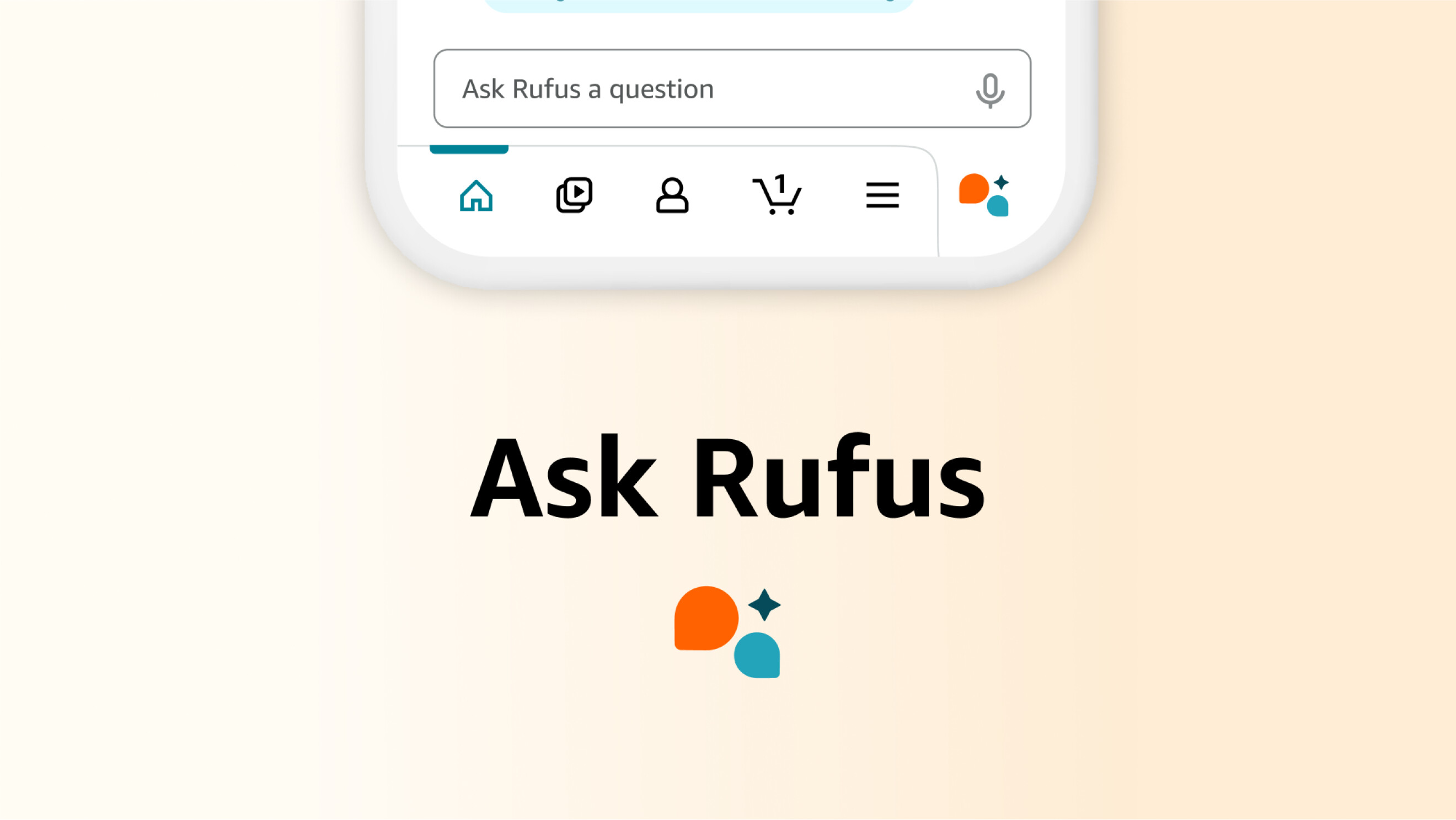
Amazon has launched Rufus, a generative AI-based shopping assistant, now available to all U.S. customers. Rufus assists users in making more informed purchase decisions, answering questions, and providing product links. Currently in beta, responses may not be optimal.
Rufus not only searches for product details and customer reviews but also recommends and compares products based on user needs. Users can ask shopping-related questions, and even non-shopping ones. Desktop users need to update the app and click the Rufus icon to use it.
Generative AI: An AI technology capable of generating new content, such as text, images, or code, mimicking human creativity.
AI-Powered Social Media App Addresses 'Dead Internet Theory'


Michael Sayman, former Google product lead, has developed SocialAI. This app embodies the "Dead Internet Theory," which argues that much online activity is artificial and manipulative. SocialAI targets lonely or rejected users, offering AI followers such as "supporters," "nerds," or "skeptics" to respond to posts. Sayman hopes it encourages reflection and growth.
Insight: SocialAI addresses the rising concern over fake online interactions. It provides a space for authentic connection amidst digital noise.
Explanation:
- Dead Internet Theory: A concept suggesting that much of the internet's content and interactions are generated by bots or AI, not real people.
- AI followers: Artificial Intelligence personas designed to interact with users, simulating real social engagement.
Resource
Learn AI Python Programming in Just One Hour with Andrew Ng's Course
Andrew Ng's AI course teaches Python basics for beginners. Each lesson is five minutes long, totaling one hour. The course integrates Python with AI tools, focusing on practical applications.
Insights:
- Efficiency: The short lessons make learning manageable.
- Integration: Combining Python and AI early on equips learners with versatile skills.
- Accessibility: Designed for beginners, it lowers the entry barrier to AI programming.
Enhancing AI Output Accuracy: Three Effective Strategies
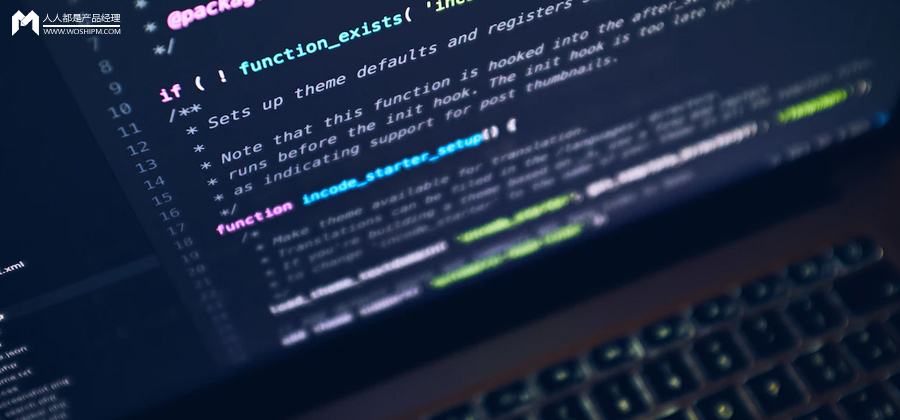
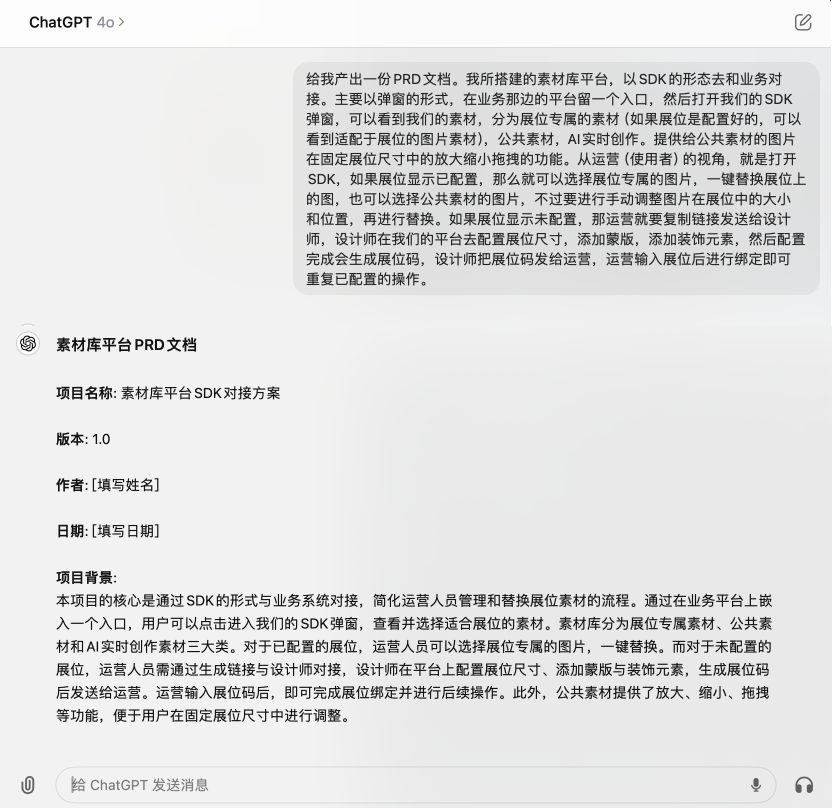

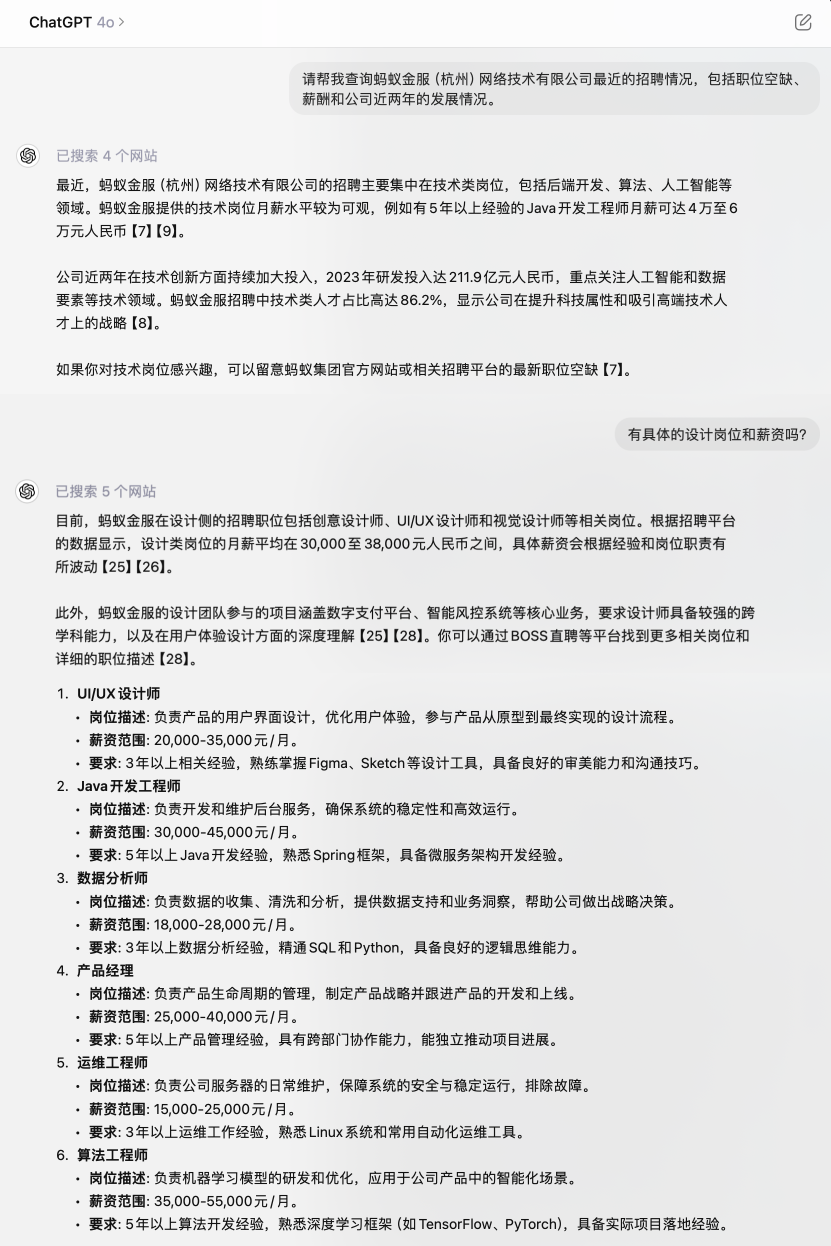
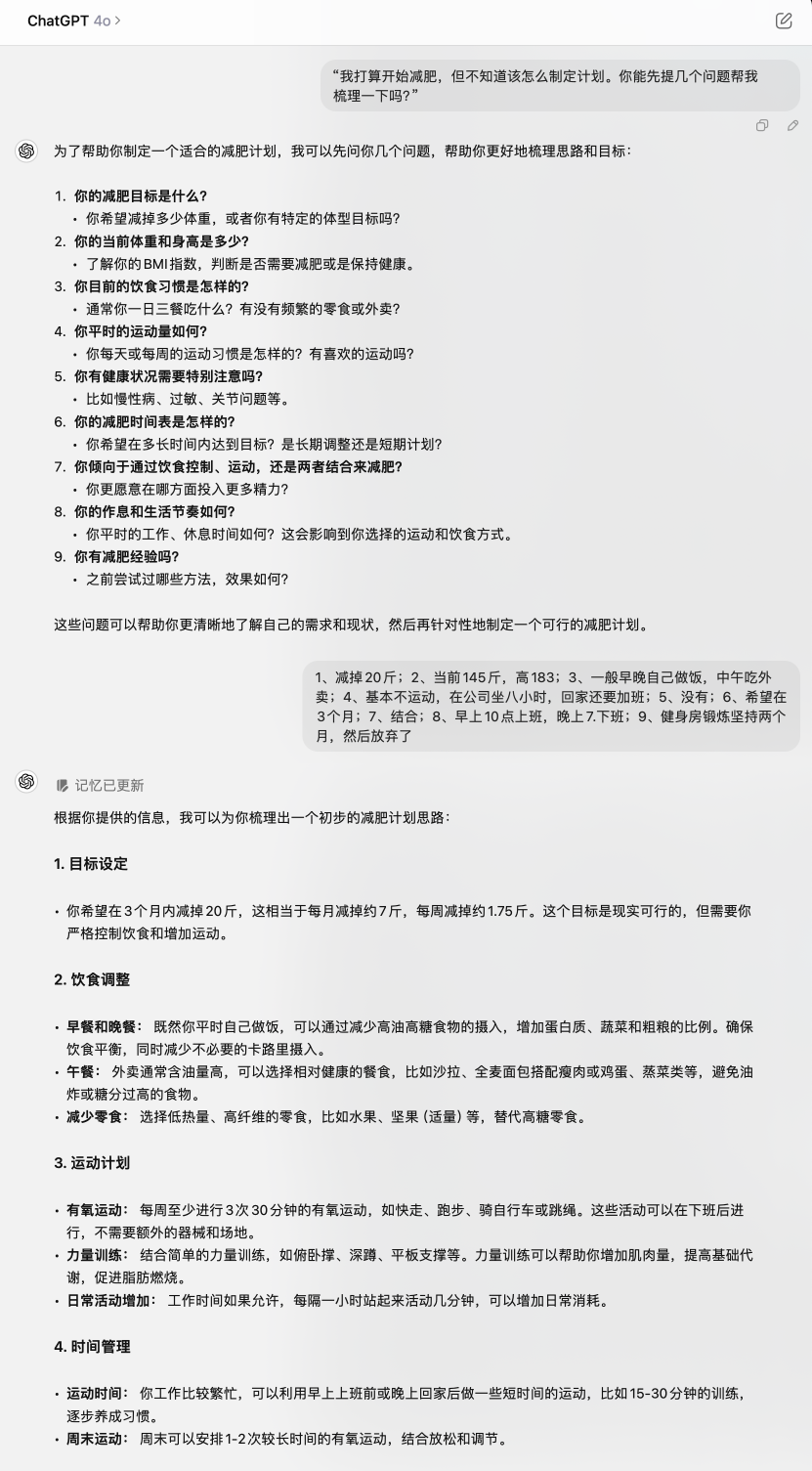
AI, though powerful, isn't foolproof. It struggles with complex tasks and outdated info. Here’s how to make it work better:
-
Break It Down: Instead of dumping all details at once, guide AI step-by-step. This keeps outputs clear and relevant.
-
Set Clear Standards: Be specific about what you need. Vague requests lead to vague results. Define each part of your request clearly.
-
Stay Neutral: AI can be swayed by your tone. Keep prompts objective to get honest, unbiased feedback.
Example: When drafting a PRD (Product Requirements Document), breaking the task into smaller parts helped AI generate a more structured and accurate document.
Insight: AI is a tool, not a mind reader. Use it wisely by managing its inputs and expectations. This ensures its outputs are reliable and useful.
Building a RAG Chat App with MinIO: A Comprehensive Guide

Building a Retrieval Augmented Generation (RAG) chat app requires robust data infrastructure. MinIO offers this, handling storage, versioning, processing, evaluation, and querying of data chunks.
RAG combines retrieval systems with generative AI, enhancing chatbots' accuracy. MinIO's scalable, high-performance storage ensures seamless data management.
Key steps:
- Data Ingestion: Collect and store diverse data types.
- Chunking: Break data into manageable pieces.
- Vectorization: Convert chunks into vectors for AI processing.
- Storage: Use MinIO for efficient, versioned storage.
- Querying: Implement retrieval mechanisms for quick data access.
MinIO's compatibility with various AI frameworks simplifies integration. Its security features ensure data protection.
In essence, MinIO streamlines RAG app development, making complex tasks manageable. Ideal for those needing a reliable, scalable solution.
Leveraging ChatGPT for Consistent and Engaging Tweets

Summary:
The article "Here's How to Never Run Out of Tweet Ideas With ChatGPT" by productiveimpact offers a practical guide to using AI for consistent, high-quality tweeting. The author emphasizes the efficiency of ChatGPT in generating tweet ideas, saving time while maintaining engagement.
Key Points:
- AI Efficiency: Posting multiple times a day is challenging but manageable with AI. Simply provide a topic, and ChatGPT handles the rest.
- Tweet Structure: A good tweet is short, uses 3-4 hashtags, includes a call to action, and follows frameworks like AIDA or APP for engagement.
- Practical Example: The author demonstrates using the APP framework (Awareness, Problem, Positioning) to create a tweet about ebooks, ensuring brevity and impact.
- Personal Touch: Adding a personal perspective makes tweets more engaging and sparks discussions.
Insights:
Using AI for tweet writing is a modern solution to an old problem: maintaining consistency without sacrificing quality. The APP framework provides a clear, structured approach to crafting tweets that resonate. However, the personal touch remains crucial; it’s what transforms a tweet from a message to a conversation.
Uncommon Terms:
- AIDA: A copywriting framework (Attention, Interest, Desire, Action) designed to guide consumer engagement.
- APP: A similar framework (Awareness, Problem, Positioning) used to spark discussions by addressing issues and positioning solutions.
Comprehensive Course on Azure AI Engineer Certification
Ready to elevate your AI expertise? Dive into the Azure AI Engineer Associate Certification (AI-102) with a free, comprehensive course on freeCodeCamp.org. Developed by Andrew Brown of ExamPro, this 14-hour course covers Azure AI services, Azure AI Search, and Azure OpenAI.
Course Highlights:
- Setup: Configure your development environment using OpenAI Studio and AI Studio.
- Gen AI Primer: Grasp the distinctions between AI and Generative AI, including foundational models, large language models, and transformer architecture.
- ML and AI Concepts: Delve into supervised and unsupervised learning, neural networks, deep learning, and tools like Jupyter Notebooks.
- Responsible AI: Learn the principles of fairness, reliability, privacy, inclusiveness, transparency, and accountability. Understand the Responsible AI Standard V2.
- Azure AI Services: Hands-on experience with setup, diagnostic logging, and the differences between Azure AI Services and Azure AI Studio. Explore Azure OpenAI Service models and prompt engineering.
- Azure AI Search: Discover capabilities like RAG, document cracking, HNSW, and semantic ranking.
- Text Analytics and Computer Vision: Master natural language processing, sentiment analysis, PII extraction, and Azure AI Vision Studio.
- Custom Vision and Document Intelligence: Understand custom vision project types, features, and object detection. Explore Azure AI Document Intelligence and form recognition.
- Speech API and AI Video Indexer: Enhance solutions with audio and video processing.
- Content Safety and Language Understanding: Implement content moderation and explore language understanding with LUIS and QnA Maker.
- Face Service and Cleanup: Learn about the Face Service and project cleanup.
Certification Overview:
As an Azure AI engineer, you'll build, manage, and deploy AI solutions on Azure. This role involves collaborating with various specialists to create secure, end-to-end AI solutions. The certification tests skills in planning, managing, and implementing content moderation, computer vision, natural language processing, knowledge mining, document intelligence, and generative AI solutions.
Get Started:
Watch the full course on freeCodeCamp.org to begin your journey.
Comprehensive Guide to AI in Finance: Resources and Insights

Top Resources for Learning About AI in Finance by Bhavdeep Sethi, September 14th, 2024.
AI in finance can assess risks, analyze news sentiment, and optimize investments. But where to start? Sethi lists resources for beginners and pros.
Theory/Research:
- FinRL: A deep reinforcement learning library for stock trading.
- Machine Learning for Trading: Explores risk-averse strategies.
- Financial Trading as a Game: Applies deep reinforcement learning to trading.
- A Deep Reinforcement Learning Framework: Solves portfolio management.
- Deep Reinforcement Learning for Stock Trading: Uses ensemble strategies.
Data Sets:
- NASDAQ: Offers financial data.
- Yahoo Finance: Popular data source with a Python module.
Libraries/Strategies:
- stockpredictionai: A comprehensive course on predicting stock movements.
- Personae: Combines deep reinforcement and supervised learning.
- Ensemble-Strategy: Applies deep reinforcement learning to stock trading.
- FinRL: Another mention for its comprehensive approach.
- Asset News Sentiment Analyzer: Uses GPT models for sentiment analysis.
Courses:
- Coursera: Specialization in machine learning and reinforcement learning in finance.
- Udacity: AI for trading, covering quantitative analysis and portfolio management.
- Quantopian: Webinars on machine learning for trading.
- QuantInsti: Videos on quantitative finance and algorithmic trading.
- AI in Finance: Covers AI foundations and applications.
Community:
- Financial Machine Learning and Data Science: Practical tools and applications.
LLMs (Large Language Models):
- Financial Statement Analysis with LLMs: LLMs predict earnings changes better than analysts.
- FinGPT: Open-source resources for LLMs in finance.
- Hands-on LLMs: Course to train and deploy a real-time financial advisor.
Disclaimer: All investments involve risk. This list is for educational purposes only.
Insight: The article simplifies complex AI applications in finance, making them accessible. It’s a practical guide for anyone interested in leveraging AI for trading and investment.